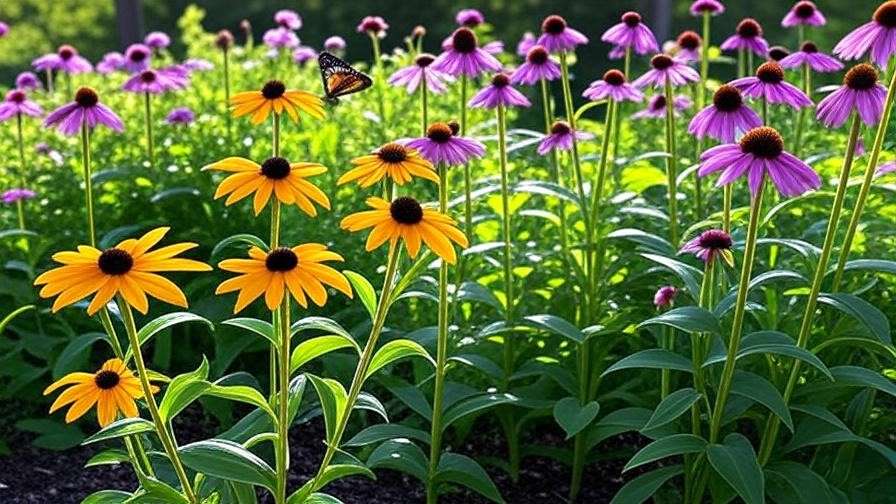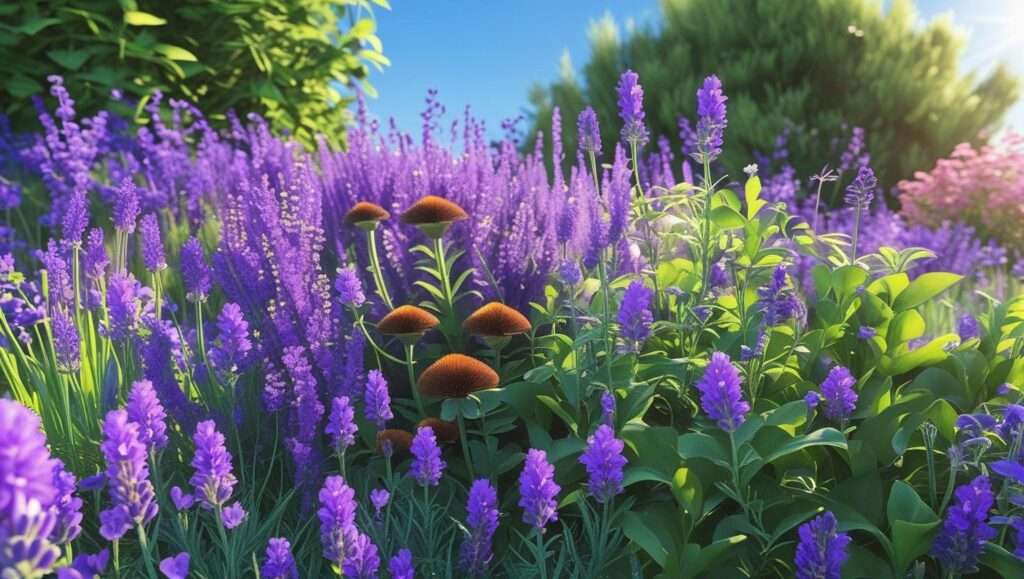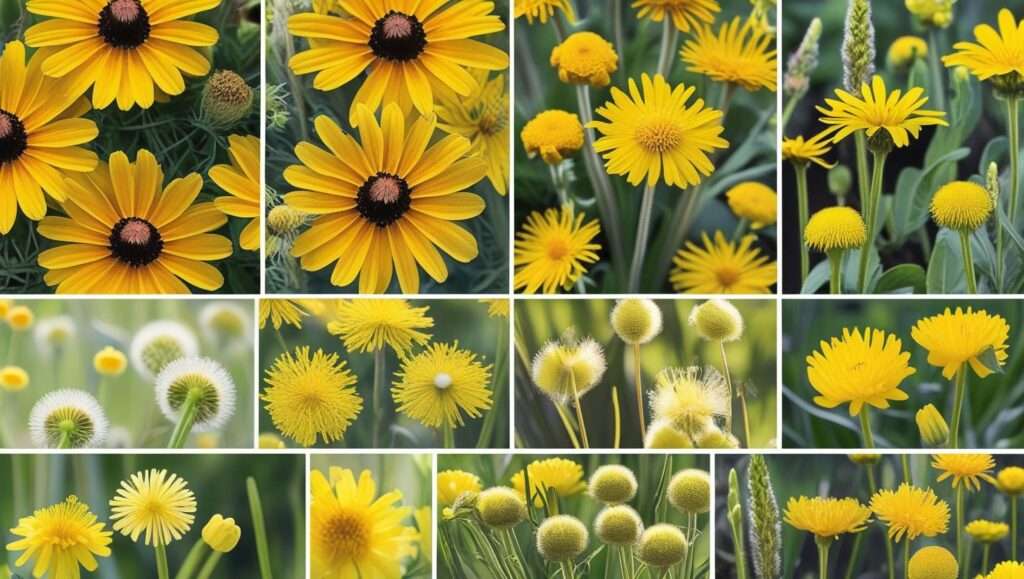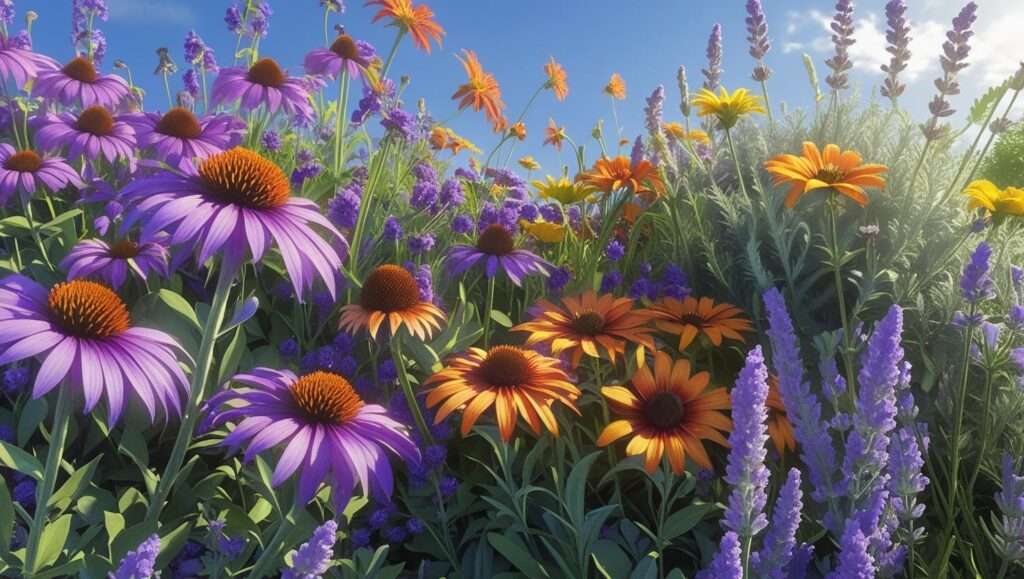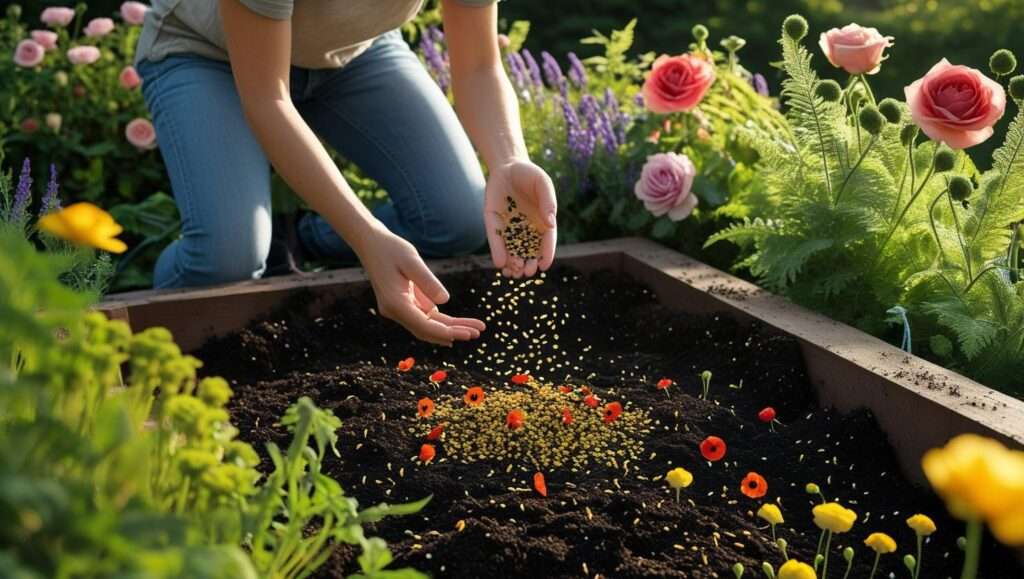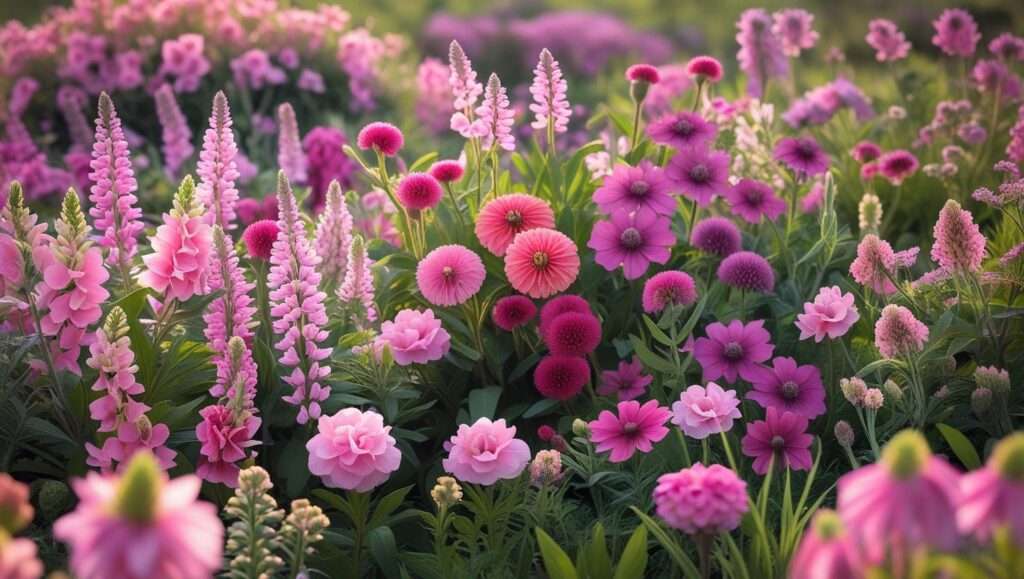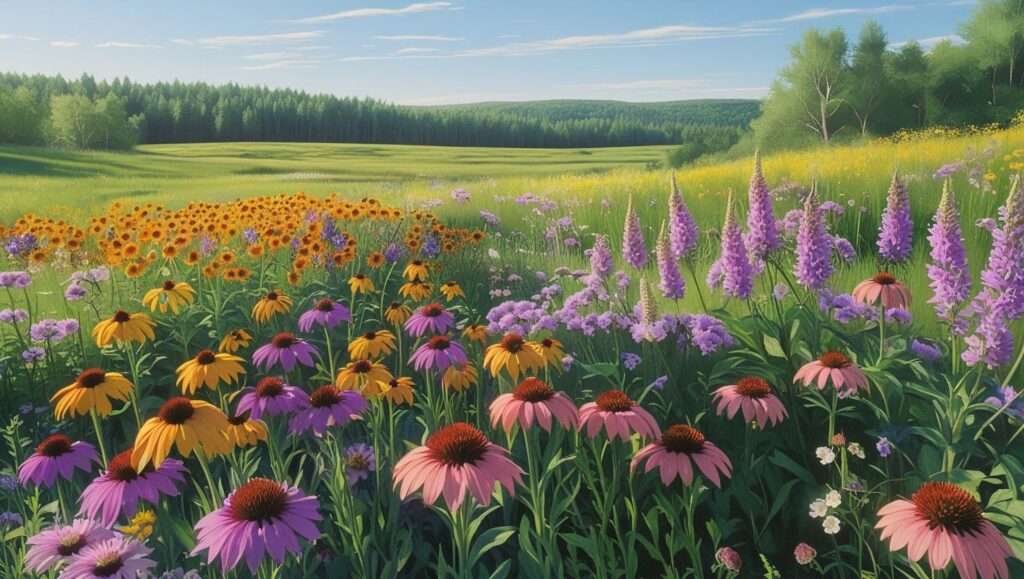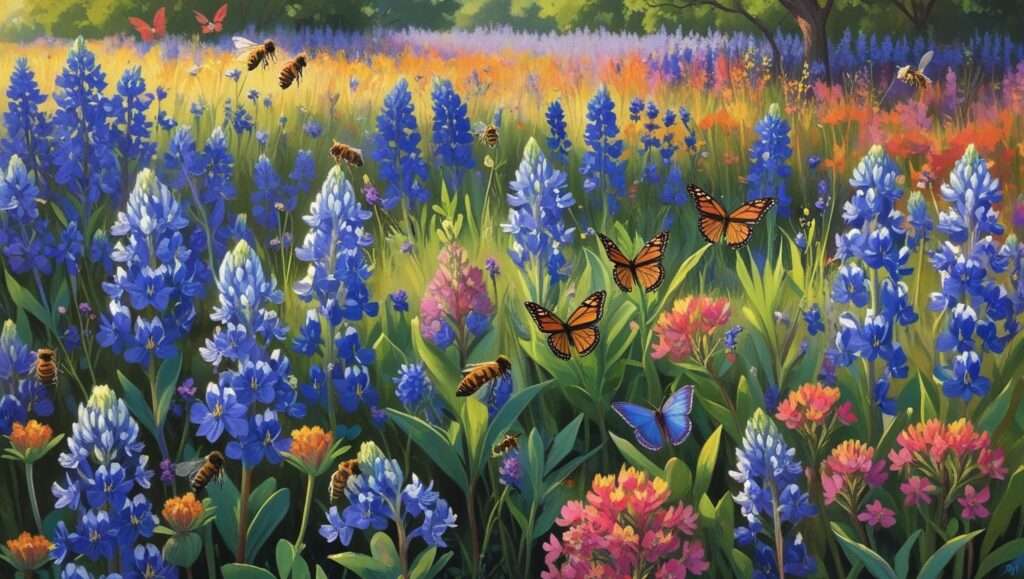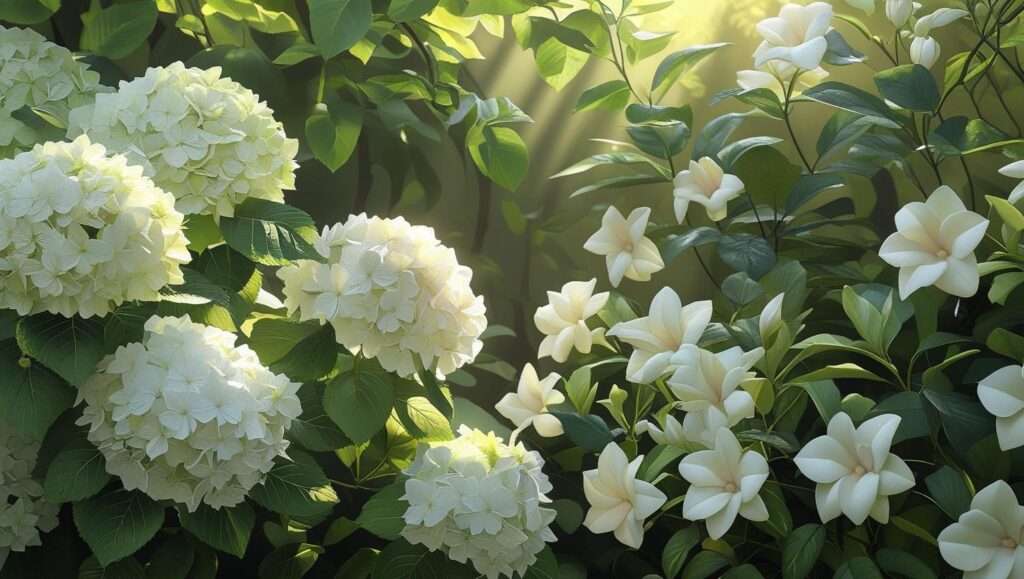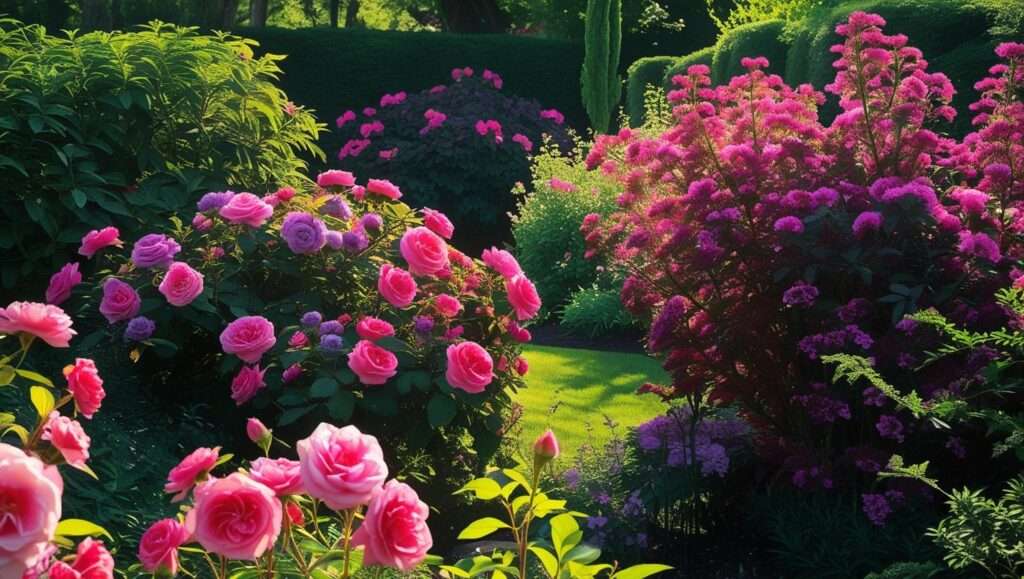Imagine a garden that bursts with color, supports local wildlife, and thrives with minimal effort—all while perfectly suited to Maryland’s unique climate. Maryland native plants are the key to creating such a landscape, offering beauty, sustainability, and ecological benefits. Whether you’re a seasoned gardener or a beginner, incorporating native plants into your yard can transform it into a low-maintenance haven that attracts pollinators and enhances biodiversity. In this comprehensive guide, we’ll explore the best Maryland native plants, how to design and care for your garden, and why these plants are a game-changer for eco-conscious homeowners.
Drawing on expertise from Maryland horticulturists and resources like the Maryland Native Plant Society, this article provides actionable tips to help you create a thriving, sustainable garden. From selecting the right plants for your region to avoiding common mistakes, we’ve got you covered with everything you need to succeed.
Why Choose Maryland Native Plants?
Ecological Benefits
Maryland native plants are uniquely adapted to the state’s ecosystems, making them vital for supporting local wildlife. Plants like milkweed (Asclepias syriaca) are essential for Monarch butterflies, providing food for caterpillars and nectar for adults. Native species also attract bees, hummingbirds, and songbirds, boosting biodiversity. By planting natives, you help combat invasive species like Japanese honeysuckle, which can choke out local flora. According to the Maryland Native Plant Society, native gardens can increase pollinator populations by up to 50%, creating a ripple effect that strengthens ecosystems.
Low-Maintenance Advantages
Unlike non-native plants that often require frequent watering, fertilizing, and pest control, Maryland native plants are built to thrive in the state’s climate and soils. Once established, they need minimal care, saving you time and money. For example, Black-Eyed Susan (Rudbeckia hirta) is drought-tolerant and requires little upkeep, while non-native roses may demand constant pruning and chemical treatments. Studies from the University of Maryland Extension show native plants can reduce water usage by up to 60% compared to traditional lawns.
Aesthetic Appeal
Native plants offer year-round beauty, from vibrant summer blooms to striking fall foliage. Combining plants like Purple Coneflower (Echinacea purpurea) with Switchgrass (Panicum virgatum) creates dynamic textures and colors that rival any ornamental garden. Whether you’re designing a formal border or a wild meadow, native plants provide versatility and charm.
Expert Insight: “Native plants aren’t just practical—they’re a celebration of Maryland’s natural heritage,” says Dr. Sara Tangren, a native plant expert and former University of Maryland Extension specialist. “They bring life to your garden while supporting the environment.”
Understanding Maryland’s Growing Conditions
Maryland’s Climate and Hardiness Zones
Maryland spans USDA Hardiness Zones 5b to 8a, with colder winters in Western Maryland and milder conditions along the Eastern Shore. Summers are humid, and soils range from sandy coastal plains to clay-heavy piedmont. Understanding your zone is crucial for selecting plants that will thrive. For example, Zone 5b in Garrett County suits hardy species like White Oak (Quercus alba), while Zone 8a in coastal areas favors plants like Inkberry Holly (Ilex glabra).
Regional Considerations
Maryland’s diverse regions require tailored plant choices:
- Western Maryland: Cold winters and rocky soils favor plants like Wild Columbine (Aquilegia canadensis).
- Central Maryland: Moderate climates support a wide range, including Bee Balm (Monarda didyma).
- Eastern Shore: Wet, sandy soils are ideal for Marsh Hibiscus (Hibiscus moscheutos).
Tip: Use the USDA Plant Hardiness Zone Map to identify your zone and consult local soil maps for precise conditions. Below is a quick-reference table:
| Region | Hardiness Zone | Soil Type | Recommended Plants |
|---|---|---|---|
| Western Maryland | 5b–6b | Rocky, well-drained | Wild Columbine, White Oak |
| Central Maryland | 6b–7b | Clay, loamy | Black-Eyed Susan, Bee Balm |
| Eastern Shore | 7b–8a | Sandy, wet | Inkberry Holly, Marsh Hibiscus |
Top Maryland Native Plants for Your Garden
Native Perennials for Color and Durability

Perennials are the backbone of a low-maintenance garden, returning year after year with vibrant blooms.
- Black-Eyed Susan (Rudbeckia hirta): Maryland’s state flower, this golden beauty blooms from June to September, thrives in full sun, and tolerates drought. It’s perfect for borders or wildflower meadows.
- Purple Coneflower (Echinacea purpurea): Known for its pink-purple petals, this pollinator magnet blooms through summer and attracts butterflies. It’s ideal for sunny spots with well-drained soil.
- Bee Balm (Monarda didyma): With vivid red or pink flowers, Bee Balm draws hummingbirds and blooms in mid-summer. It prefers moist soil and partial shade.
Native Shrubs for Structure and Privacy
Shrubs add structure and can serve as natural privacy screens.
- Inkberry Holly (Ilex glabra): This evergreen shrub thrives in wet soils and full sun to partial shade. Its dark berries attract birds, and its compact form suits hedges.
- Red Chokeberry (Aronia arbutifolia): Known for its brilliant red fall foliage and edible berries, this shrub grows 6–10 feet tall and tolerates a range of soils.
Native Trees for Shade and Habitat
Trees provide shade and critical wildlife habitats.
- Eastern Redbud (Cercis canadensis): Its pink spring blooms and heart-shaped leaves make it a stunning focal point. It grows 20–30 feet and prefers well-drained soil.
- White Oak (Quercus alba): A majestic, long-lived tree that supports over 500 species of insects and birds. It thrives in full sun and well-drained soils.
Groundcovers and Grasses for Erosion Control
Groundcovers and grasses stabilize soil and add texture.
- Wild Ginger (Asarum canadense): A shade-loving groundcover with heart-shaped leaves, perfect for woodland gardens.
- Switchgrass (Panicum virgatum): This tall grass adds movement and prevents erosion on slopes. It grows 3–6 feet and prefers full sun.
Visual Aid: Download our Maryland Native Plant Chart for a full list of plants, including bloom times, heights, and care needs.
Designing a Native Plant Garden in Maryland
Planning Your Layout
A well-designed native garden balances aesthetics and ecology. Start by assessing your site’s sun exposure, soil type, and moisture levels. Layer plants by height: tall trees in the back, shrubs in the middle, and perennials or groundcovers in the front. For small yards, focus on compact species like Inkberry Holly or Wild Ginger.
Companion Planting
Pair plants for beauty and function. For example, combine Black-Eyed Susan with Switchgrass for a sunny meadow effect that attracts pollinators. Bee Balm and Purple Coneflower create a vibrant, hummingbird-friendly border. Ensure companions have similar light and water needs.
Seasonal Interest
Plan for year-round appeal:
- Spring: Eastern Redbud and Wild Columbine for early blooms.
- Summer: Black-Eyed Susan and Bee Balm for bold color.
- Fall: Red Chokeberry for fiery foliage.
- Winter: Inkberry Holly and White Oak for structure.
Example: For a 500-square-foot suburban yard, plant one Eastern Redbud as a focal point, surround it with a cluster of Purple Coneflower and Bee Balm, and edge with Wild Ginger for a lush, low-maintenance design.
Planting and Caring for Maryland Native Plants
Soil Preparation and Planting Tips
Test your soil’s pH and drainage before planting. Most Maryland native plants prefer slightly acidic to neutral soils (pH 6.0–7.0). Amend clay soils with compost to improve drainage, and add sand to heavy soils if needed. Plant in spring or fall to give roots time to establish before extreme weather.
Watering and Maintenance
Native plants need regular watering during their first year. Water deeply once a week, ensuring soil stays moist but not waterlogged. Once established, most natives are drought-tolerant. Mulch with organic materials like shredded bark to retain moisture and suppress weeds.
Pest and Disease Management
Native plants naturally resist local pests and diseases. However, deer may browse on species like Bee Balm. Use organic deterrents like cayenne pepper spray or plant deer-resistant options like Inkberry Holly. Monitor for fungal issues in humid summers and ensure good air circulation.
Expert Tip: “Water deeply but infrequently to encourage strong roots,” advises Jane Smith, a Maryland Cooperative Extension agent. “Mulching is key to keeping maintenance low.”
Supporting Local Ecosystems with Native Plants
Creating Pollinator Havens
Maryland native plants are powerhouses for supporting pollinators like bees, butterflies, and hummingbirds. A well-planned pollinator garden can transform your yard into a thriving habitat. For example, planting milkweed (Asclepias syriaca) provides a breeding ground for Monarch butterflies, while Purple Coneflower (Echinacea purpurea) offers nectar for bees. To maximize impact, group plants in clusters of three to five to make them easier for pollinators to find. Include a variety of bloom times—spring bloomers like Wild Columbine (Aquilegia canadensis) and summer stunners like Bee Balm (Monarda didyma)—to provide food throughout the growing season.
Tip: Add a shallow water source, like a birdbath with pebbles, to give pollinators a place to drink.
Reducing Environmental Impact

Native plants do more than beautify your garden—they benefit the environment. Their deep root systems reduce water runoff, preventing erosion and improving soil health. Unlike traditional lawns, which often require chemical fertilizers and excessive watering, native gardens lower your carbon footprint. According to the Chesapeake Bay Foundation, replacing just 500 square feet of lawn with native plants can filter up to 80% of pollutants from runoff. Additionally, natives require no synthetic pesticides, promoting healthier ecosystems.
Case Study: In Anne Arundel County, a homeowner replaced their lawn with a native plant garden featuring Black-Eyed Susan, Switchgrass, and Red Chokeberry. Within two years, they reported a 50% reduction in water bills, increased bird activity, and a vibrant yard that required minimal upkeep.
Where to Source Maryland Native Plants
Local Nurseries and Organizations
Sourcing authentic Maryland native plants ensures your garden supports local ecosystems. Reputable nurseries like Chesapeake Natives and Lauren’s Garden Service specialize in native species and offer expert advice. The Maryland Native Plant Society hosts annual plant sales, providing access to species like Wild Ginger and Eastern Redbud. Local botanical gardens, such as Adkins Arboretum on the Eastern Shore, also sell natives and offer workshops on sustainable gardening.
Resource: Visit the Maryland Native Plant Society’s website (mdflora.org) for a directory of nurseries and upcoming events. The University of Maryland Extension’s native plant database is another excellent tool for verifying species.
Avoiding Invasive Species

Invasive plants like Japanese honeysuckle (Lonicera japonica) and English ivy (Hedera helix) can outcompete natives, harming ecosystems. Always check plant tags or consult with nursery staff to confirm a plant’s native status. Look for the scientific name to avoid cultivars, which may lack the ecological benefits of true natives. For example, choose Rudbeckia hirta over hybridized Black-Eyed Susan varieties.
Resource: The USDA Plant Database (plants.usda.gov) provides detailed information on native vs. invasive species. Cross-reference purchases with this database to ensure authenticity.
Common Mistakes to Avoid When Gardening with Native Plants
Overlooking Site Conditions
One of the biggest mistakes is ignoring your site’s sun, soil, and moisture conditions. For instance, planting shade-loving Wild Ginger in full sun will lead to poor growth. Before planting, assess your yard’s light exposure (full sun, partial shade, or full shade) and test soil drainage. Use a soil test kit to check pH and nutrient levels, available through your local Cooperative Extension office.
Improper Plant Selection
Choosing non-native cultivars or plants not suited to Maryland’s climate can undermine your garden’s success. For example, a hybrid coneflower may look similar to Echinacea purpurea but lack its pollinator benefits. Stick to true natives and consult resources like the Maryland Native Plant Society for guidance.
Neglecting Long-Term Planning
Native plants grow and spread over time, so plan for their mature size. For instance, White Oak can reach 80 feet, so it’s unsuitable for small yards. Space plants appropriately and consider seasonal changes—ensure winter structure with evergreens like Inkberry Holly.
Checklist for Beginners:
- Test soil and assess site conditions before planting.
- Choose true native species, not cultivars.
- Plan for mature plant sizes and seasonal interest.
- Start small with a few easy-to-grow plants like Black-Eyed Susan.
FAQs About Maryland Native Plants
What are the easiest Maryland native plants for beginners?
Black-Eyed Susan, Purple Coneflower, and Wild Ginger are ideal for beginners due to their hardiness, low maintenance, and adaptability to various conditions.
How do native plants save money compared to non-native plants?
Native plants require less water, fertilizer, and pest control, reducing long-term costs. For example, replacing a lawn with natives can cut water bills by up to 60%.
Can native plants thrive in small urban gardens or containers?
Yes! Compact natives like Wild Columbine and Bee Balm work well in small spaces or containers, provided they match site conditions (sun, soil).
How do I know if a plant is truly native to Maryland?
Check the plant’s scientific name and verify its native status using the USDA Plant Database or Maryland Native Plant Society resources.
What native plants are best for attracting specific pollinators?
- Monarch butterflies: Milkweed (Asclepias syriaca)
- Hummingbirds: Bee Balm (Monarda didyma)
- Bees: Purple Coneflower (Echinacea purpurea)
Conclusion
Maryland native plants offer a powerful combination of beauty, sustainability, and low maintenance, making them the perfect choice for gardeners looking to create thriving, eco-friendly landscapes. From the vibrant blooms of Black-Eyed Susan to the stately presence of White Oak, these plants enhance your yard while supporting local wildlife and reducing environmental impact. By choosing natives suited to your region, planning a thoughtful design, and following expert care tips, you can build a garden that’s both stunning and sustainable.
Ready to get started? Visit a local nursery like Chesapeake Natives, join the Maryland Native Plant Society, or explore resources from the University of Maryland Extension. Start small with one or two plants, and watch your garden come to life. Share your native gardening journey in the comments below or on social media—we’d love to hear your success stories!

